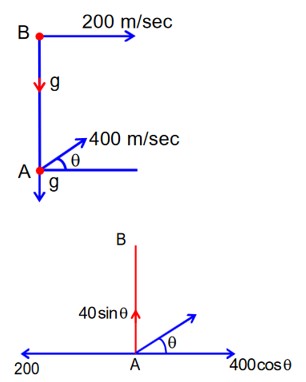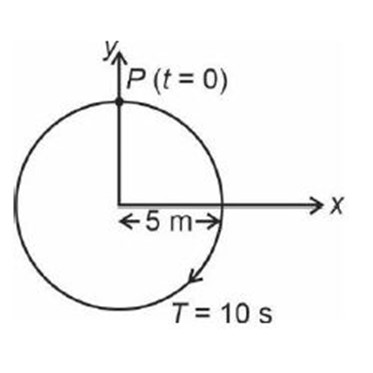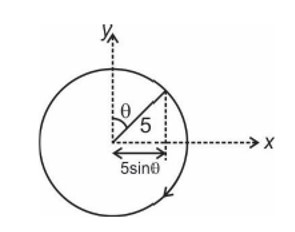Physics Motion in Plane
Get insights from 107 questions on Physics Motion in Plane, answered by students, alumni, and experts. You may also ask and answer any question you like about Physics Motion in Plane
Follow Ask QuestionQuestions
Discussions
Active Users
Followers
New answer posted
2 months agoContributor-Level 9
B → fighter jet
A → anti-Air craft gun

Draw velocity diagram of A w.r.t. B
If A hits B
Then Relative velocity perpendicular to the line joining A to B will be zero.
That means 400 cos q = 200
&nbs
Taking an Exam? Selecting a College?
Get authentic answers from experts, students and alumni that you won't find anywhere else
Sign Up on ShikshaOn Shiksha, get access to
- 65k Colleges
- 1.2k Exams
- 679k Reviews
- 1800k Answers




